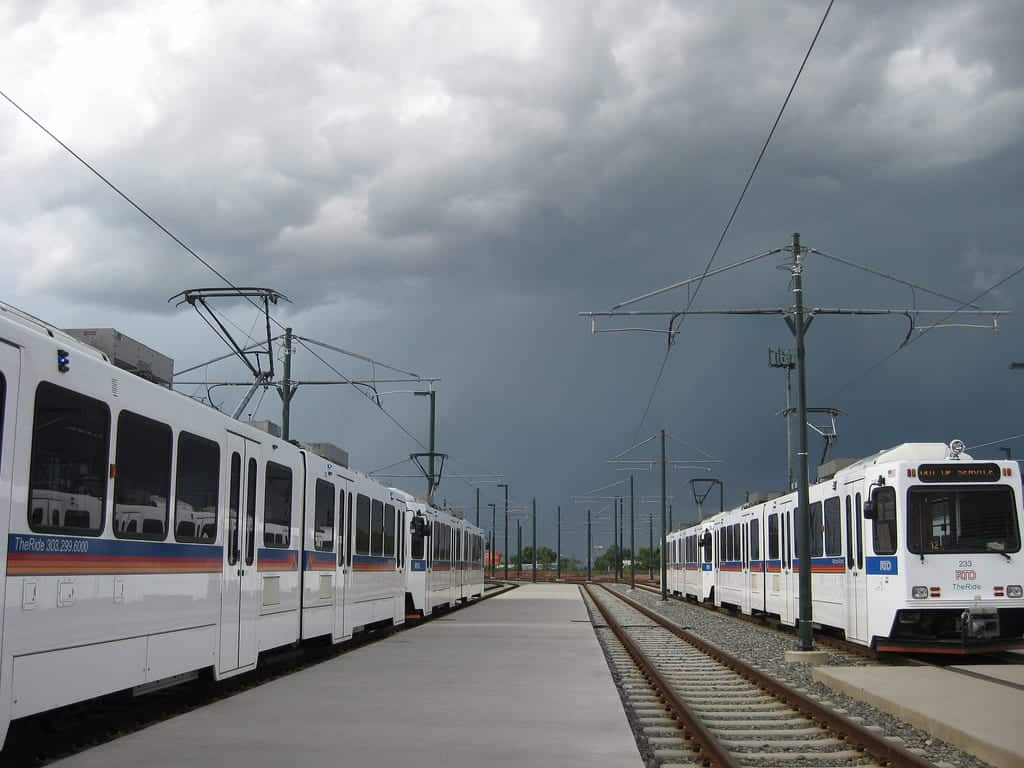The title may appear a bit simplistic, or even ridiculous. After all, more speed causes more accidents, doesn’t it? If using cars, it does. If using trains, not so much (train accidents are rare, car accidents are a much more prevalent issue).

Image obtained from Vagabond Shutterbug on Flickr.
I’m not referring to an increase in the speed of road-based transit, which is inherently limited by braking and tyre technology. I’m referring to public transit (excluding buses). High-speed public transit (especially high-speed rail) has the potential to increase throughput, because it can transport many people in little time. At the moment, public transit systems around the world are outdated and slow.
For example: Modern high-speed trains can carry hundreds of passengers at over 200 MPH. This means that a light rail train carrying 220 passengers could transport them in (theoretically, excluding slowdowns for cornering) 220 miles, in only an hour!
Cars, on the other hand, must not exceed 85 MPH in any case, plus, they have to wait at stop lights. They would likely require more than two hours to transport only 7 people (if an SUV) the same distance. To add insult to injury, cars waste even more gas than they usually do at high speeds. Trains are more energy-efficient than cars.
The moral of the story: Maybe it is time to start looking to high-speed rail as an energy-efficient, punctual solution to the growing problem of congestion, rather than just a way to save a little money on long trips.
Undermentioned Benefits Of Expanded High-Speed Rail To Economies
The last time you travelled to another country, what was the first thing you had to do after collecting your baggage? You had to find transportation, or wait for a friend to pick you up. If a country is equipped with a well-developed, ubiquitous public transit system, that could be a motive for frequent travellers. Travellers would appreciate it if they knew that they could simply hop on a train and quickly arrive at their destination (or near to it), rather than walking around and struggling to find transportation options.
Public transit needs to be, and could be an option that people actually want to use, because it is convenient. Feel free to visit the Brainstorm Project page and leave a comment, or send me an e-mail!







